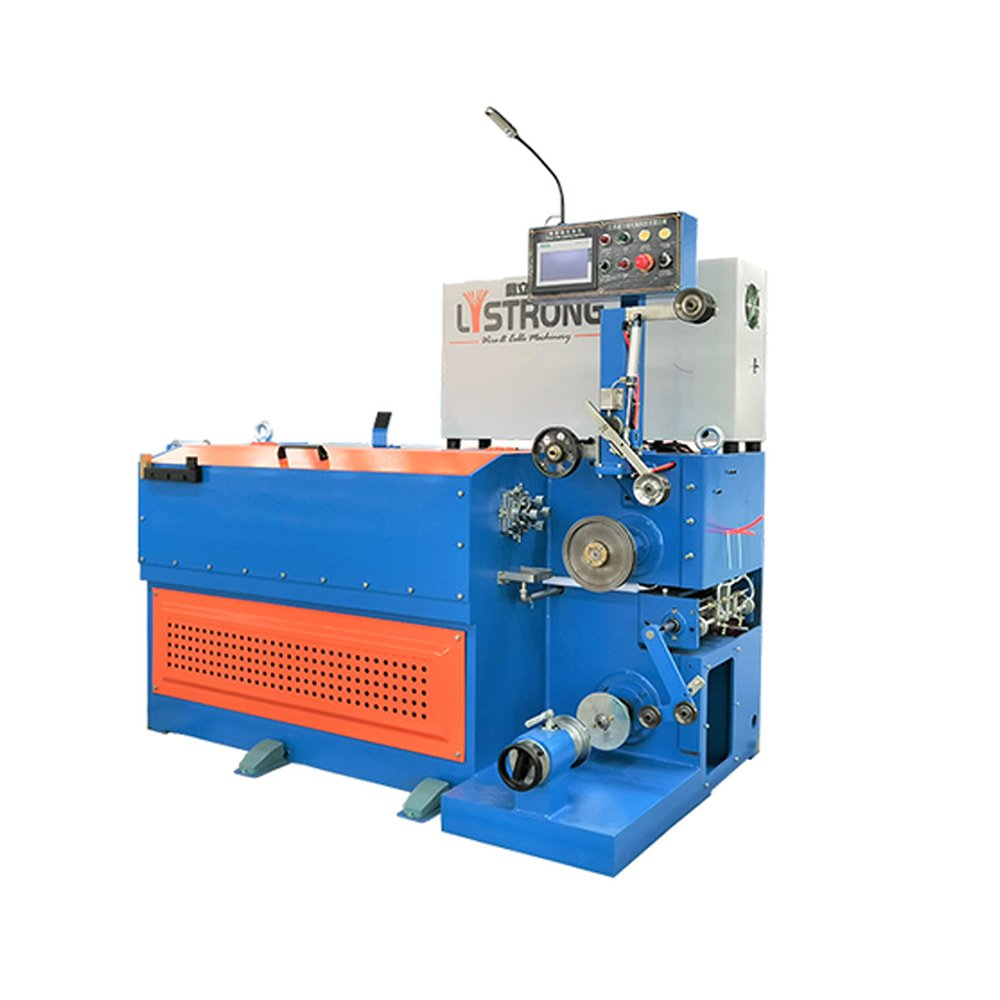9DS Medium Copper wire drawing machine system line
Cat:Copper Wire Drawing Machines
This type of wire drawing machine is a high-speed model meticulously developed, designed, and manufactured after assimilating advanced foreign technol...
See DetailsBrass wire plays a crucial role across a diverse range of industries, demonstrating its versatility and importance in modern manufacturing and technology. Historically valued for its conductive properties and resistance to corrosion, brass wire is integral to several applications, from electrical connections to intricate mechanical components. Its evolution in usage reflects advancements in technology and changing industrial demands, illustrating how materials adapt to meet new challenges.
In the electrical and electronics industries, brass wire is prized for its excellent conductivity and resistance to oxidation. It is commonly used in wiring for electrical systems, connectors, and various electronic components. The ability of brass wire to maintain conductivity while resisting wear and environmental damage makes it ideal for use in everything from consumer electronics to industrial machinery. As technology has advanced, the demand for precision and reliability in electrical components has increased, pushing the development of brass wire to meet stricter performance standards.

The automotive industry also benefits from brass wire's mechanical properties. It is used in a variety of applications including electrical wiring, fuel injection systems, and as a component in various mechanical assemblies. Brass wire’s durability and resistance to high temperatures and corrosion are crucial for ensuring the longevity and reliability of automotive parts. As vehicles have evolved to include more advanced electronic systems and tighter tolerances, the quality and precision of brass wire have had to keep pace, leading to innovations in its production and processing.
In the field of construction and architecture, brass wire is employed for its aesthetic appeal and strength. It is used in architectural elements, decorative features, and as reinforcement in composite materials. The ability to draw brass wire to fine gauges allows for intricate designs and high-quality finishes in both structural and decorative applications. The evolution of design trends and construction techniques has driven the development of more refined brass wire products, enhancing both functionality and visual appeal.
The production process of brass wire has evolved significantly to meet these diverse needs. Modern brass wire drawing machines, such as those with horizontal drawing arrangements, play a pivotal role in this evolution. These machines ensure precise control over wire dimensions and quality, accommodating the growing demand for high-performance brass wire across industries. By incorporating advanced features like automatic tension control and sophisticated PLC and HMI systems, these machines enhance the efficiency and consistency of the production process. This technological advancement supports the continuous improvement of brass wire, allowing it to meet the increasingly stringent requirements of various applications.
Brass wire's role across different industries highlights its essential contribution to modern technology and design. Its use has evolved from basic applications to complex and high-precision roles, driven by advances in manufacturing techniques and changing industry needs. The development of advanced brass wire drawing machines exemplifies this evolution, ensuring that brass wire continues to meet the demanding standards of today’s diverse industrial applications.
Contact Us